Table of Contents
Learn how to intuitively eat. Here’s how to listen to your body’s cues, break free from diets, and cultivate a healthy relationship with food.
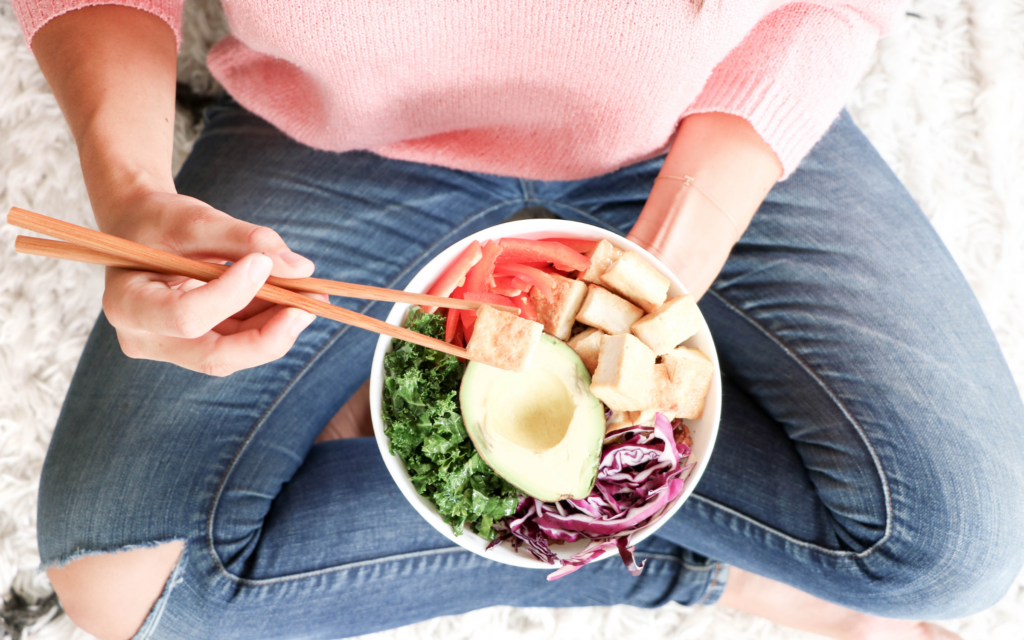
Intuitive Eating is a bit of a buzz word these days, but what is it exactly and can it work for you? If you’re looking to improve your relationship with food, stop feeling guilty after eating, and learn to trust your body again to make everyday food choices that honor you – not just physically, but mentally and emotionally too – then the answer is absolutely YES!
Today, Registered Dietitian and Certified Intuitive Eating Counselor Lindsay Pleskot is sharing her beginner’s guide on how to become an intuitive eater with some tangible steps you can start taking today!
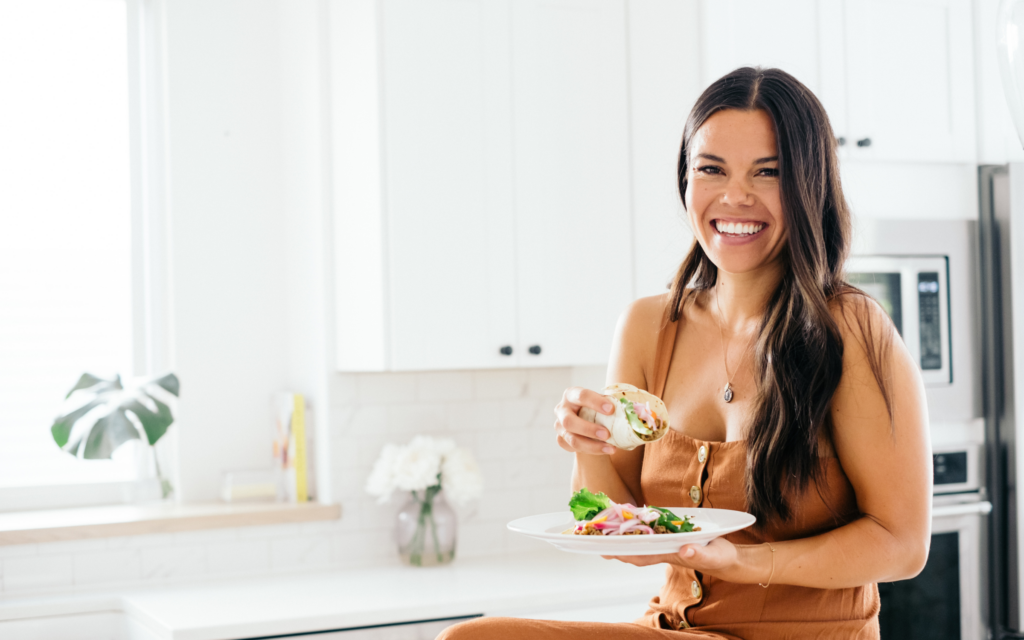
What is Intuitive Eating?
Intuitive eating, developed by Registered Dietitians Evelyn Tribole and Elyse Resch, is an evidence based framework that rejects diet culture’s emphasis on weight loss, food rules and diet restrictions and instead focuses on health promoting behaviors that support physical, mental and emotional wellbeing.
There are 10 principles to this framework that focus on looking inward and trusting your body. From ditching the diet mentality and reconnecting with your body’s hunger and fullness cues, making peace with food and adopting gentle nutrition as well as integrating joyful movement, intuitive eating shifts your mindset from feeling guilt and shame around food and your body to focusing on how you feel – mind, body and soul.
Who is intuitive eating for?
Intuitive eating is for anyone and everyone looking to have a healthy, feel good relationship with food.
This comes as a surprise to many, but we are all in fact born intuitive eaters. If you observe how a baby or toddler approaches food, you’ll notice that for the most part they eat when they‘re hungry and stop when they’re full (hello throwing food everywhere when they’re done). As we go through life, we are bombarded with diet culture from the media, family, peers—it can seem like everywhere you turn someone is talking about the latest diet they’re on. Or it might sound something like this – Ugh I was so bad this weekend, I need to be good on Monday!or I better finish everything on my plate! And one of the most common ones I hear: Don’t eat past 7pm.
We might even find ourselves labeling foods as “good” and “bad” (if you find yourself struggling with this one, read this: no food is inherently good or bad and none are morally superior to any other), trying out multiple diets or restricting certain foods. In this sea of overwhelming messaging, our intuitive eating muscle starts to deplete and we find ourselves making decisions from our head instead of tuning into our body.
90s diet culture really did some damage. Anyone else feel me on this?
The good news? That intuitive eating muscle we were born with, it’s still there! It might just need a few tools and a bit of guidance to get it back up and running. It doesn’t happen overnight but, as you begin to build trust in your body, you start to let go of the food rules and restrictions that have held you hostage. Soon you will find those obsessive thoughts around food and your body are fleeting. The guilt is gone, and you’re able to live a life of food freedom which begins to trickle into every other area of your life!
So let’s talk about what some of those benefits are.
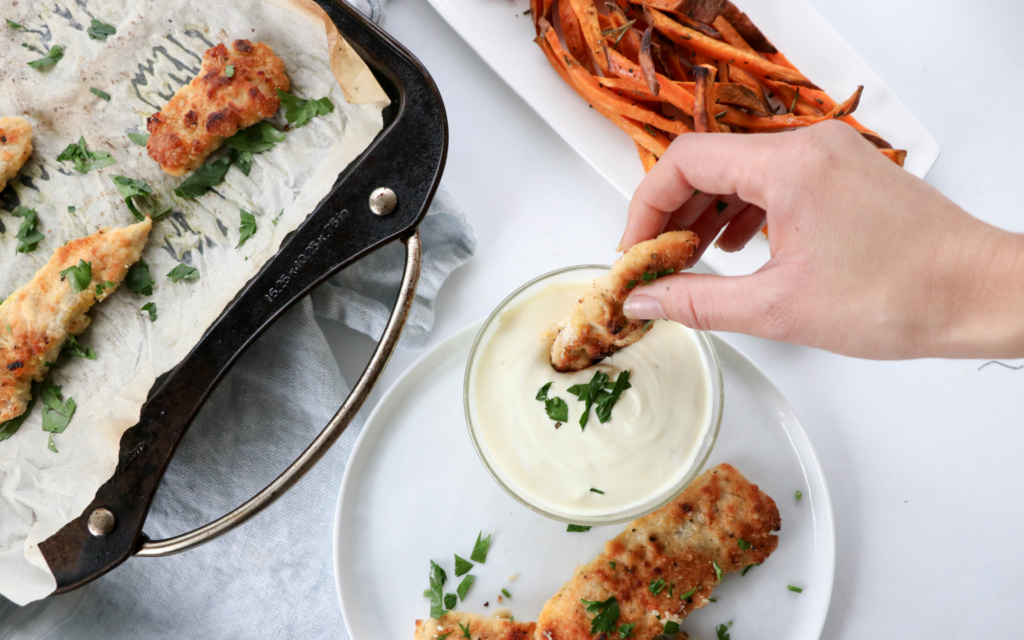
The Benefits of Intuitive Eating
What I love about the Intuitive Eating framework is that it was developed based on research and evidence. From studies to the incredible experiences of our clients, we’ve seen the vast physiological and psychological benefits of intuitive eating including:
- Decreased rates of eating disorders and disordered eating
- Increased self-esteem
- Improved body image
- Decreased stress levels
- Improved mood
- Increased levels of HDL (‘good’ cholesterol) and decreased triglycerides
- Less frequent or resolved binging
- Decreased preoccupation with food
The list goes on.
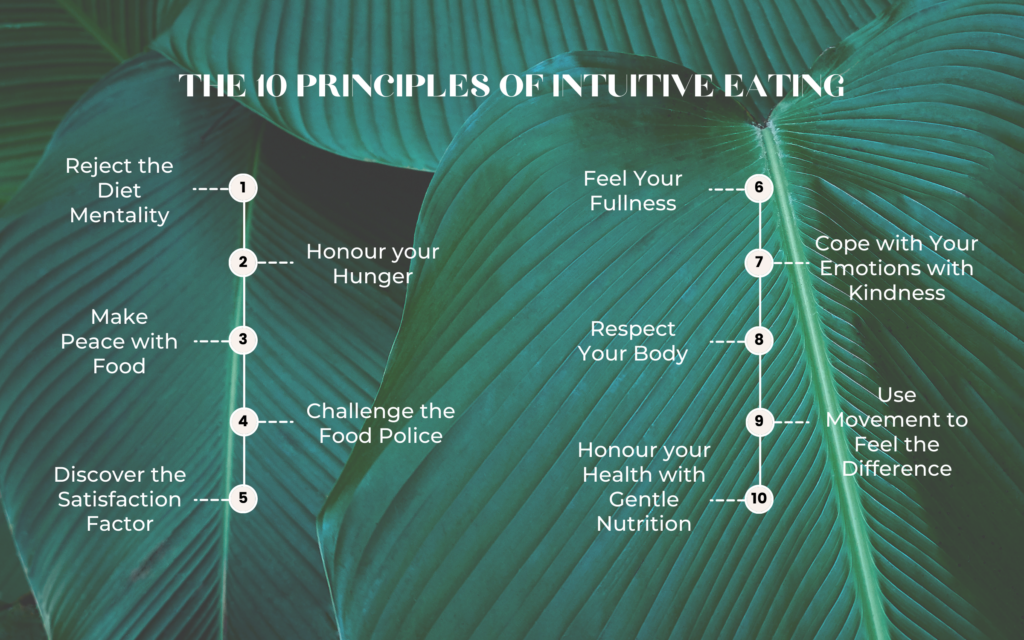
Intro to the 10 Principles of Intuitive Eating
There are 10 principles that make up the Intuitive Eating framework
- Reject the Diet Mentality
- Honor your Hunger
- Make Peace with Food
- Challenge the Food Police
- Discover the Satisfaction Factor
- Feel your Fullness
- Cope with your Emotions with Kindness
- Respect Your Body
- Joyful Movement
- Honor your Health with Gentle Nutrition
We do a deeper dive into exactly what the 10 principles of intuitive eating are here but what you can see is that it’s about so much more than just food and nutrition! It really is about encompassing health from all angles – mental, physical and emotional.

Putting Principle #1 into Practice: 5 Steps to Ditch Dieting
While it can feel overwhelming to look at the whole picture at once, I am a huge on encouraging our clients to just start with one small step.
While intuitive eating is a framework, it does not need to be followed in the exact order of the principles and there is no right or wrong way to explore it – that being said starting with principle number one – ditching the diet mentality – is very empowering and will set the foundation to confidently explore the other principles.
Here are 5 steps to ditch the diet and start eating intuitively today!
Practical tools to help you implement and get started are always helpful, so I created something called the MAPIT process that we use in the Make Food Feel Good Program to guide our clients through this shift in mindset and start taking action aligned with the version of themselves they want to be.
1 – (MA) Mindful Awareness
We can’t change what we’re not aware of. Plain and simple. So bringing awareness to our thoughts, the way we feel about food, and the way we feel about ourselves are all important first steps.
Mindfulness is key here as mindfulness entails awareness without judgment. It is all about being curious and playful with what comes up rather than shaming or making yourself feel guilty.
We like to use this Mindful Eating Food Journal to help explore this. This is very different from “food tracking” in that it looks at not just WHAT you eat but WHY you eat. There are actually Different Types of Hunger and learning about what they are, how to differentiate them and how to nurture each in their own unique way is one of the first steps in breaking free from feeling out of control around food!
2 – (P) Pause
Food is often used as a coping mechanism. It provides that instant gratification – and that’s ok! Yep, you heard that right. It is actually very normal and totally ok to use food as one way to cope. But when it is our only coping mechanism, this is when it can become an issue.
The pause allows some space to help you identify why you’re reaching for food and what you really need in that moment – be it food, a chat with someone you love, or a nice long bath.
One thing I will say – assume physical hunger first! We are often so quick to jump to assuming something is wrong when we’re hungry, or trying to stave off that hunger—but if we are truly physically hungry, those cravings will only get stronger and stronger!
(If you’ve dieted in the past you may have become disconnected from your hunger and fullness cues – a hunger fullness scale is a great tool you can use to start reconnecting!)
3 – (I) Implementation
As you become more familiar with what type of hunger (I like to use these 3 types here borrowed from the course Craving Change) you’re experiencing, you can start to look inward to see what would satisfy that hunger.
If it’s physical hunger you’re experiencing – what might help you feel both full and satisfied?
If it’s mouth hunger – what exactly are you craving?
If it’s emotional hunger – what will truly meet your needs? Is it food? Or would journaling or talking to a friend or loved one be more helpful in moving through what you’re feeling?
Again, food is always one option on the table and having a menu of options to nurture each unique type of hunger or need can be so helpful in building out a variety of coping tools.
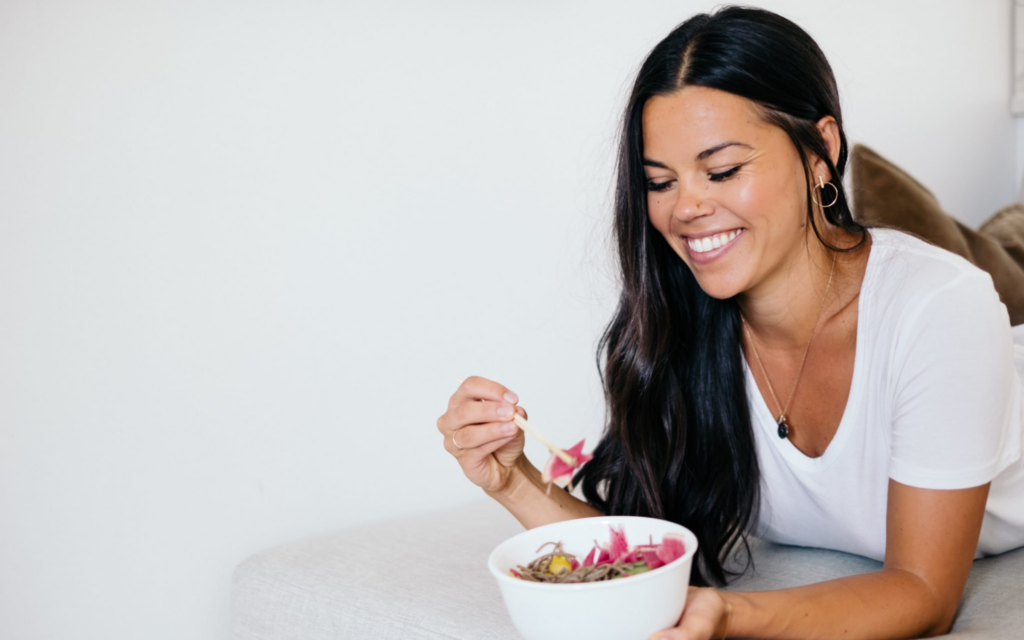
4 – (T) The Practice
Practice makes progress. With awareness we can begin to replace old thoughts and behaviors that are no longer serving us and truly reprogram our automatic behaviors – aka – create new HABITS!
This is the exciting part. Our brains can actually physically rewire to create new automatic thought pathways through neuroplasticity.
The human body and brain are designed to be efficient – so when we think, say, or do things repeatedly, our brain steps in and thinks– hmm I could save a lot of effort by making this process automatic!
With that awareness of old food rules or thoughts that are no longer serving us, we can practice letting them go and replacing them with new ones that empower us.
With an understanding of our hunger and fullness cues, we can practice honoring them until this becomes second nature.
With the knowledge of what the different types of hunger feel like, we can choose more loving actions that will support us – body, mind and soul – and with practice we no longer have to think about each of these decisions so much!
When we FEEL GOOD we actually become more intrinsically (internally) motivated to continue to take actions that feel good. Almost sounds too good to be true, right? But trust me – as you go through your intuitive eating journey, you will start to see the positive changes in your day to day life and you will be inspired to keep going!
It was such an honor to get to share this space with you and open the discussion about Intuitive Eating! If you’ve got any questions I’d love to hear from you! You can find me @lindsaypleskot.rd on Instagram or over at lindsaypleskot.com.
If you’re looking for more support and a step by step method to help you become an intuitive eater make sure to check out Lindsay’s group coaching program Make Food Feel Good. Here you’ll find all the tools and guidance to walk you step by step to creating a healthy and peaceful relationship with food while mastering feel good nutrition!
FAQ
This will be different for everyone, but you will likely start to experience mindset shifts immediately that will lead to supporting the new thoughts, behaviors and habits. That being said, be patient with yourself! Learn exactly how to start here.
Yes! In fact we are all born intuitive eaters. So intuitive eating isn’t a matter of learning a new skill, but coming back to what is most natural and beneficial to us! More on that here.


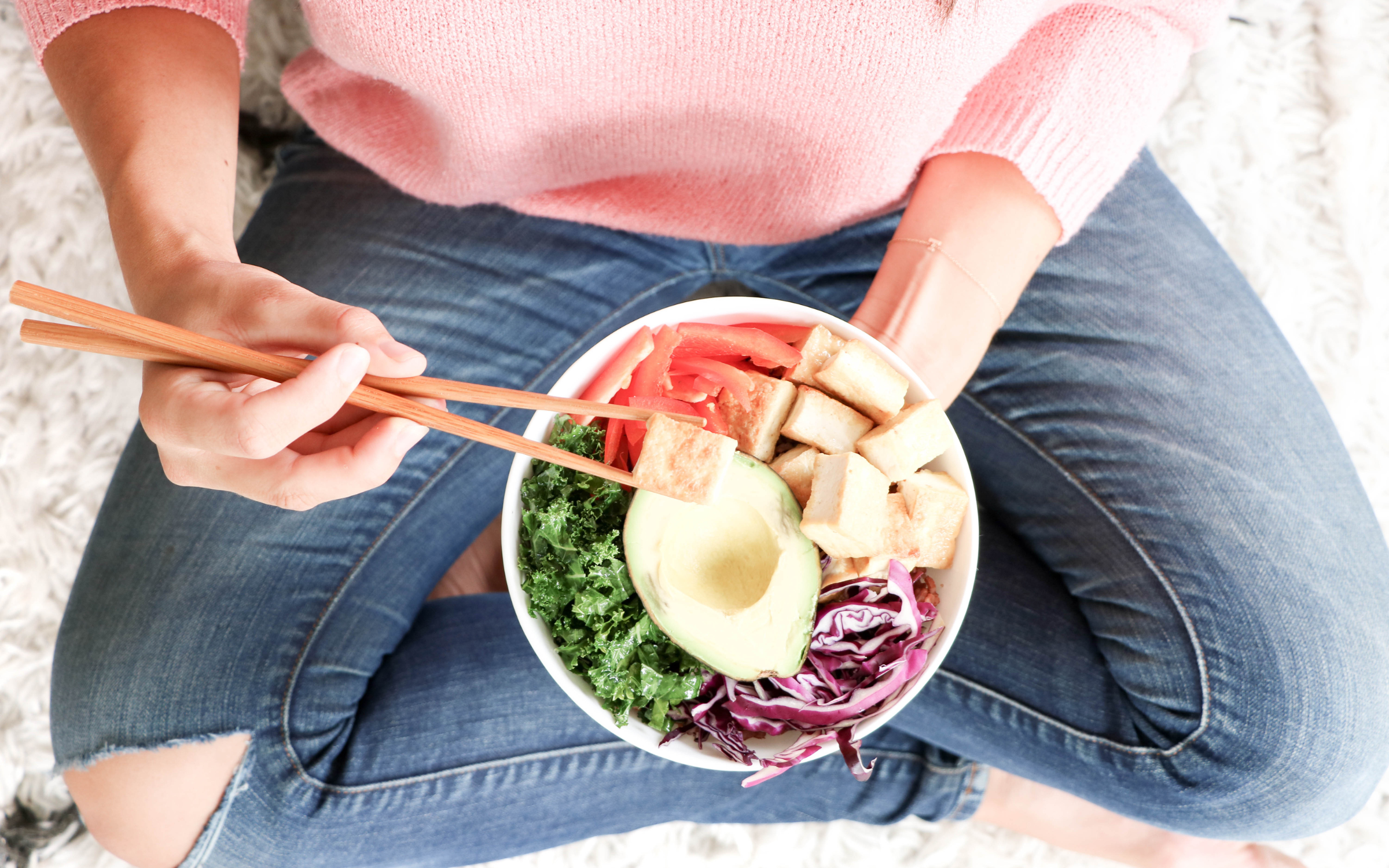



More Stories
United Healthcare’s ransomware attack shows why supply chains are under siege
Nutrition Tips For Ramadan | JM Nutrition
Probiotics for IBS | The Nutritionist Reviews